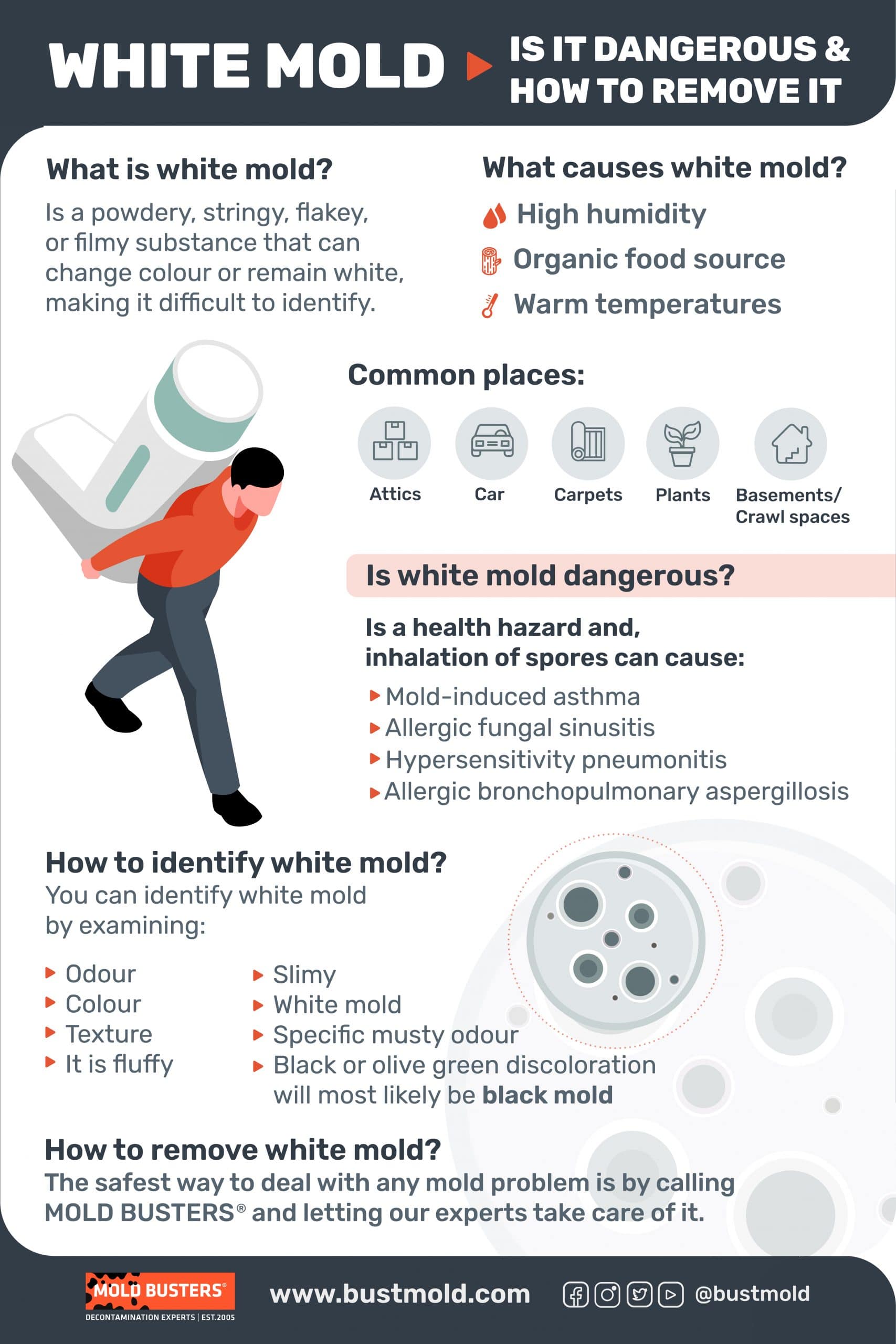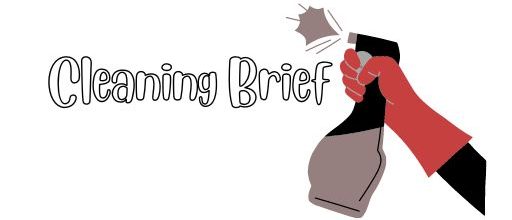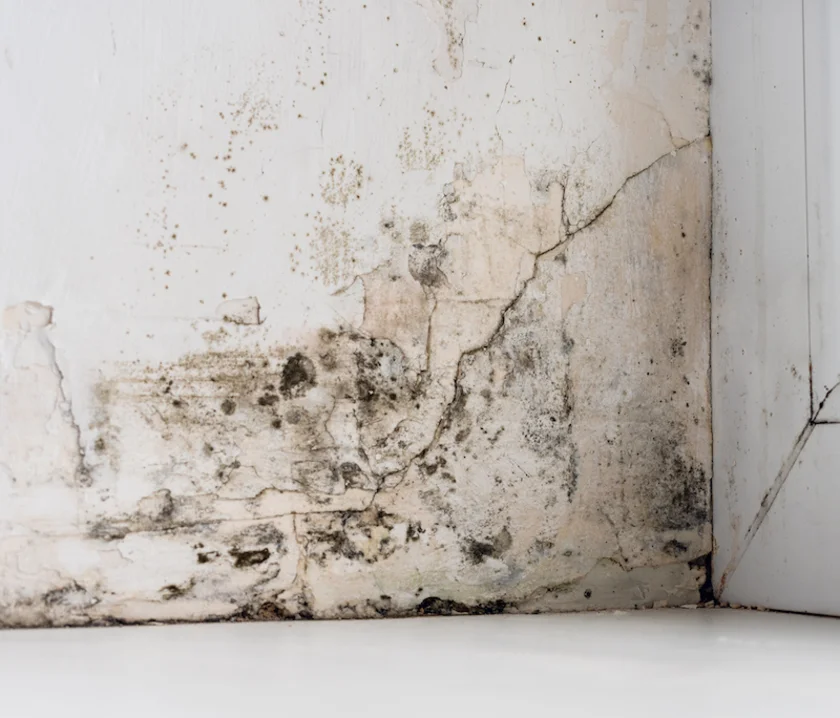How to Clean Mold off Clothes: Ultimate Guide to Combat Mold
To clean mold off clothes, you can use a mixture of vinegar and water.

Credit: www.bustmold.com
Identifying Mold On Clothes
Mold on clothes can be identified by green or black spots and a musty odor. To clean mold off clothes, brush off loose spores outdoors, then wash the clothes with hot water and detergent. Use a mold-killing solution or vinegar for stubborn stains and let the clothes thoroughly dry in the sun.
Mold can be a common issue that affects clothes hanging in damp or poorly ventilated areas, causing unpleasant odors and potential health risks. Identifying mold on clothes is vital to take immediate action and prevent further damage. By recognizing the signs and understanding the common causes of mold growth, you can effectively address this problem and keep your clothes clean and fresh.
Recognizing The Signs
Mold can appear in various forms and colors on clothes, making it important to know what to look out for. Here are some signs that indicate the presence of mold on your garments:
- Visible discoloration: Mold commonly appears as black, green, or white patches on clothing.
- Musty odor: Mold-infested clothes often emit a distinct musty smell.
- Stains or spots: You may find dark or fuzzy stains on your clothes, especially in hidden or rarely accessed areas such as the back of the closet.
- Texture changes: Mold can cause fabric to become brittle, discolored, or develop a fuzzy texture.
Common Causes Of Mold On Clothes
Mold thrives in moist environments, making it easier for it to grow on clothes that have been exposed to excessive moisture. Here are some common causes of mold growth on clothes:
- Poor ventilation: Clothes stored in poorly ventilated areas, such as basements or closets without air circulation, are more prone to mold growth.
- Dampness: Clothes that have been exposed to dampness, either from excessive sweating or water spills, can develop mold if not dried properly.
- High humidity: Living in areas with high humidity levels can contribute to mold growth on clothes, particularly during humid seasons or in areas prone to damp weather.
- Improper storage: Storing clothes without thoroughly drying them or packing them in airtight containers can trap moisture, resulting in mold growth.
Now that you know how to identify mold on clothes and understand the common causes, you can take the necessary steps to clean and prevent mold growth. By effectively managing the moisture levels and practicing proper clothing care, you can ensure that your clothes remain mold-free and in great condition.
Preventing Mold On Clothes
Mold can be a persistent and frustrating problem when it comes to your clothes. Not only does it create an unpleasant smell, but it can also cause health issues if left unaddressed. Fortunately, there are preventive measures you can take to keep mold from growing on your clothing. By following these simple tips, you can ensure that your clothes stay clean and mold-free.
Proper Storage Techniques
Proper storage is essential in preventing mold growth on clothes. One of the most important things to remember is to store your clothes in a clean and dry area. Avoid storing clothes in damp or humid spaces as these conditions can create an ideal environment for mold to thrive.
Another important storage technique is to ensure that your clothes are completely dry before putting them away. Moisture is the perfect breeding ground for mold, so it’s crucial to make sure your clothes are free from any dampness. Before storing your clothes, air dry them completely, especially if they were washed or exposed to moisture.
Additionally, it is important to store your clothes in breathable containers such as cotton or linen bags. Avoid using plastic bags or airtight containers as they can trap moisture and contribute to mold growth. By allowing air circulation, you can prevent mold spores from settling on your clothes.
Regular Air-drying Of Clothes
Air drying your clothes regularly is another effective way to prevent mold growth. After washing your clothes, hang them on a clothesline or drying rack instead of using a clothes dryer. This not only saves energy but also helps to eliminate any moisture that may have been left behind during the wash.
When air drying your clothes, it’s essential to choose a well-ventilated area. Hang your clothes in a place where air can freely circulate, such as outdoor or near an open window. This will speed up the drying process and prevent mold from growing on your clothes.
Remember to avoid overcrowding your clothes when air drying them. Leaving enough space between garments will allow for proper airflow, reducing the chance of moisture build-up and mold formation.
By following these preventive measures, you can keep mold at bay and ensure that your clothes remain fresh and clean. Incorporate these tips into your regular laundry routine to enjoy mold-free clothing all year round.
Removing Mold From Clothes
Mold can quickly find its way onto your clothes in damp or humid conditions, leading to unsightly stains and unpleasant odors. Fortunately, with the right approach and the appropriate methods, you can effectively remove mold from your clothes without causing damage. Let’s explore the essential steps and methods for effectively removing mold from clothes.
Pre-treatment Steps
Before diving into the cleaning process, there are several pre-treatment measures that can help maximize the effectiveness of mold removal from clothes:
- Assessment: Inspect the clothes to determine the extent of mold growth.
- Isolation: Quarantine the affected garments to prevent the spread of spores.
- Ventilation: Ensure proper airflow in the area to discourage further mold growth.
- Brushing: Gently brush off any loose mold spores from the fabric surface.
Effective Cleaning Methods
Once the pre-treatment steps are completed, it’s time to embark on the cleaning process. Here are some proven methods for effectively removing mold from clothes:
- Vinegar Solution: Create a mixture of equal parts white vinegar and water, then apply it directly to the moldy areas before washing.
- Baking Soda Paste: Form a paste with water and baking soda, then gently scrub it onto the affected areas before laundering.
- Hydrogen Peroxide: Apply hydrogen peroxide to the mold stains and allow it to sit before laundering as usual.
By following these pre-treatment steps and utilizing these effective cleaning methods, you can restore your clothes to a mold-free and fresh-smelling state.

Credit: prohousekeepers.com
Natural Remedies For Mold Removal
Remove mold from clothes naturally using these effective remedies. Discover easy-to-follow techniques to eliminate mold and prevent its growth, leaving your clothes fresh and mold-free.
Vinegar And Baking Soda Solutions
One of the most effective natural remedies for removing mold from clothes is using a combination of vinegar and baking soda. Both of these household ingredients have antimicrobial properties that can help kill mold spores and prevent further growth.
To use this method, start by creating a solution of equal parts vinegar and water. Soak the moldy clothes in the solution for at least an hour, ensuring that the affected areas are completely submerged. After soaking, remove the clothes and rinse them thoroughly to remove any remaining vinegar.
Next, create a paste by mixing baking soda with a small amount of water. Apply the paste directly to the moldy areas of the clothes and gently scrub using a soft brush or sponge. Allow the paste to sit for about 15 minutes before rinsing the clothes once again.
Finally, launder the clothes as you normally would, using hot water and a mold-killing detergent. After washing, carefully inspect the clothes for any remaining mold spots. If necessary, repeat the vinegar and baking soda treatment until the mold is completely gone.
Lemon Juice And Sunlight
Another natural remedy that can effectively remove mold from clothes is using lemon juice and sunlight. Lemon juice has natural bleaching properties and is known for its ability to kill mold and mildew. Sunlight, on the other hand, helps to further break down and eliminate mold spores.
To utilize this method, start by applying fresh lemon juice directly onto the moldy areas of the clothes. Make sure to saturate the affected areas thoroughly. Let the lemon juice sit on the clothes for about 15-30 minutes.
Afterward, take the clothes outside and hang them up in direct sunlight. The UV rays from the sun will help kill the remaining mold and fade any stains left behind. Leave the clothes outside for at least a few hours or until they are completely dry.
Once the clothes are dry, simply launder them as usual, using hot water and a mold-killing detergent. Inspect the clothes carefully for any remaining mold spots and repeat the process if necessary.
Protecting Clothes From Future Mold
Now that you have successfully cleaned the mold off your clothes, it’s important to take preventive measures to protect them from future mold growth. Mold can easily develop on damp or moist garments, especially if they are not stored properly or if routine maintenance practices are neglected. By following some simple storing tips and incorporating regular maintenance practices, you can ensure that your clothes remain mold-free and in pristine condition.
Storing Tips
The way you store your clothes plays a crucial role in preventing mold growth. Here are some essential storing tips to keep in mind:
- Ensure Clothes Are Completely Dry: Before storing your clothes, make sure they are thoroughly dry. Any remaining moisture can provide a favorable environment for mold to thrive. You can air-dry your garments or use a clothes dryer to ensure they are completely moisture-free before storing them.
- Choose the Right Storage Containers: Opt for breathable storage containers made of natural materials such as cotton or linen. These containers allow air circulation, preventing dampness that can lead to mold growth. Avoid using plastic bags or airtight containers, as they can trap moisture and create a perfect breeding ground for mold.
- Use Silica Gel Packs: To absorb any excess moisture, place silica gel packs or moisture-absorbing packets within the storage containers. These inexpensive packets are readily available and can help maintain a dry environment for your clothes. Remember to replace them regularly to ensure their effectiveness.
- Avoid Cramming Clothes: Overstuffing your storage containers can restrict air circulation, leading to trapped moisture and potential mold growth. Instead, leave some extra space in each container to allow for proper airflow. This will help minimize the chances of dampness and mold development.
Routine Maintenance Practices
In addition to proper storage, adopting routine maintenance practices is essential for preventing mold from affecting your clothes. Here are some maintenance tips to keep your garments mold-free:
- Regularly Inspect Your Clothes: Regularly check your clothes for any signs of dampness, mildew, or unusual odors. If you notice anything suspicious, take immediate action to address it. Catching any potential mold growth early on can help prevent it from spreading and damaging your clothes.
- Wash Clothes Properly: When washing your clothes, be sure to use the appropriate water temperature, detergent, and washing cycle recommended for each fabric. Using hot water and bleach when suitable can help eliminate any residual mold spores. Afterwards, ensure your clothes are dried completely before storing them.
- Air Out Your Clothes: Whenever possible, expose your clothes to fresh air and sunlight. Sunlight has natural disinfecting properties that can help kill mold spores. Additionally, airing out your garments can help remove any trapped moisture and promote drying.
- Regularly Clean Your Storage Area: Mold can easily find its way into your storage area if not properly maintained. Regularly clean and disinfect the storage space to prevent any mold spores from settling and spreading onto your clothes. Use non-toxic mold-killing solutions, such as vinegar or hydrogen peroxide, to ensure a clean and mold-free storage environment.

Credit: riverascleaningsolutions.com
Frequently Asked Questions For How To Clean Mold Off Clothes
How Can I Effectively Clean Mold Off Clothes?
To effectively clean mold off clothes, first, remove any loose mold spores by brushing or shaking the garment outdoors. Then, pre-treat the affected area with a mixture of vinegar and water or hydrogen peroxide. Next, wash the garment in hot water with detergent and bleach if safe for the fabric.
Lastly, dry the garment fully in the sun to prevent mold from returning.
Can I Use Bleach To Remove Mold From Clothes?
Yes, bleach can be used to remove mold from clothes. However, make sure to check the care label on the garment first to ensure it is safe for bleach. Mix one cup of bleach with a gallon of water, then soak the affected clothing in the solution for 15 minutes.
Afterward, wash the garment as usual to remove any remaining mold and bleach.
What Is The Best Way To Prevent Mold Growth On Clothes?
The best way to prevent mold growth on clothes is to ensure they are stored in a clean, dry environment. Avoid storing damp or dirty clothes, as this can promote mold growth. Additionally, allow clothes to air dry completely before storing them, and use moisture-absorbing products like silica gel packets or dehumidifiers in closets or storage areas.
Regularly inspect stored clothes for any signs of mold and address them promptly.
Conclusion
To sum up, removing mold from clothes requires immediate attention and proper care. By following the effective methods mentioned, you can prevent the growth of mold and keep your clothes clean and safe to wear. Regular inspection and proper storage are essential in avoiding future mold issues.
Stay proactive and maintain a clean environment to prevent mold from causing damage to your clothes.






